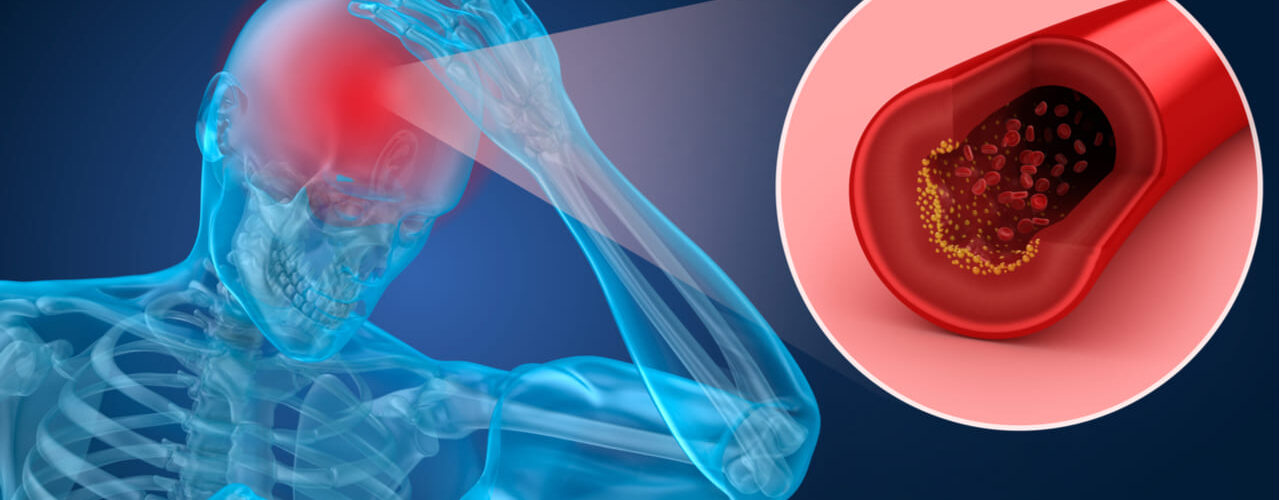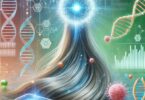It is considered to be an abnormal tangle of blood vessels connecting arteries and veins, which interrupts normal blood flow and oxygen circulation.
This condition can be diagnosed in an emergency situation, immediately after bleeding (hemorrhage) or a seizure. It can also be detected after doing a CT scan for other symptoms. It results in rupture and bleeding from arteriovenous malformation in the brain as it puts too much pressure on the walls of the affected arteries and veins, causing them to become thinner or weaker.
How do I know if I have brain problems such as: a head aneurysm, a vascular disorder in the brain or vascular dementia?
Symptoms
- Nausea and vomiting.
- Neck stiffness.
- Blurred vision or double vision.
- Sensitivity to light.
- Seizures.
- Drooping of the eyelid.
- Loss of consciousness.
- Confusion.
- Headache.
- Problems with balance.
- Changes in personality or behavior.
- Drowsiness or even coma.
What happens when the blood does not reach the brain well?
Symptoms
- Difficulty pronouncing words.
- Difficulty to swallow.
- Double vision or vision loss.
- Numbness or tingling almost always on the face or scalp.
- Sudden falls (fall attacks)
- Vertigo (feeling that things are spinning around you)
- Loss of memory.
Although arteriovenous malformation is present at birth, symptoms can occur at any age.








